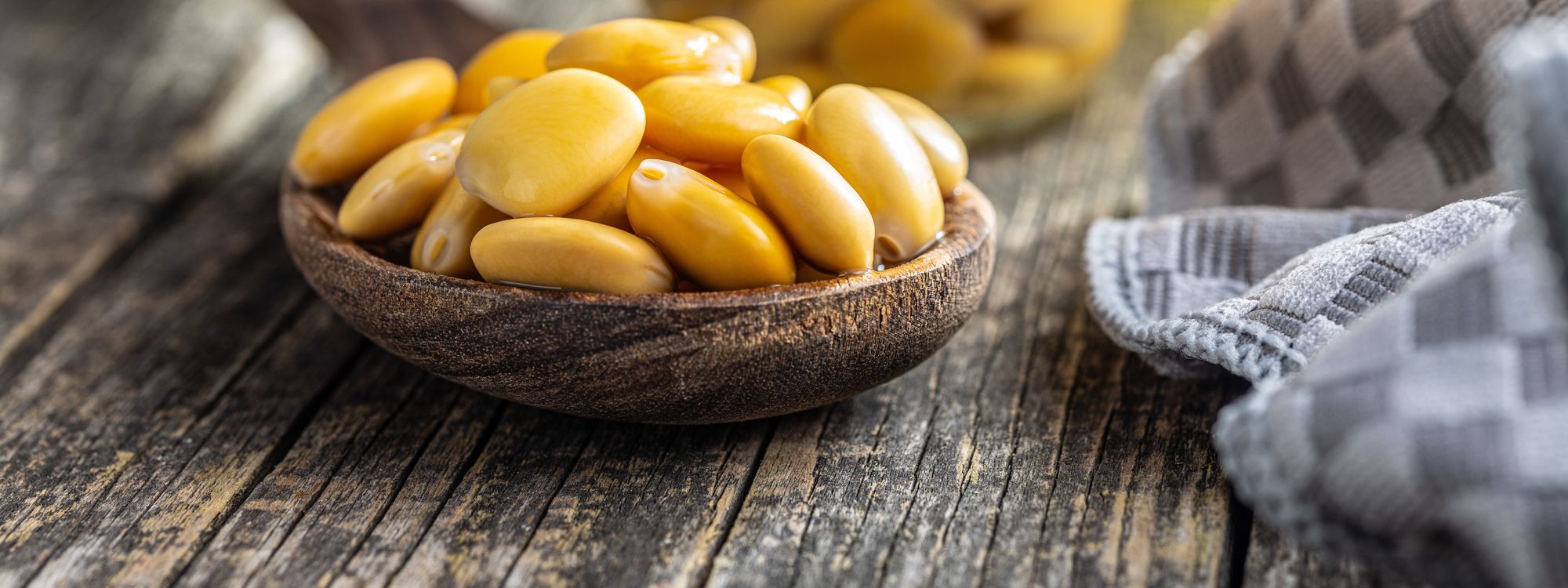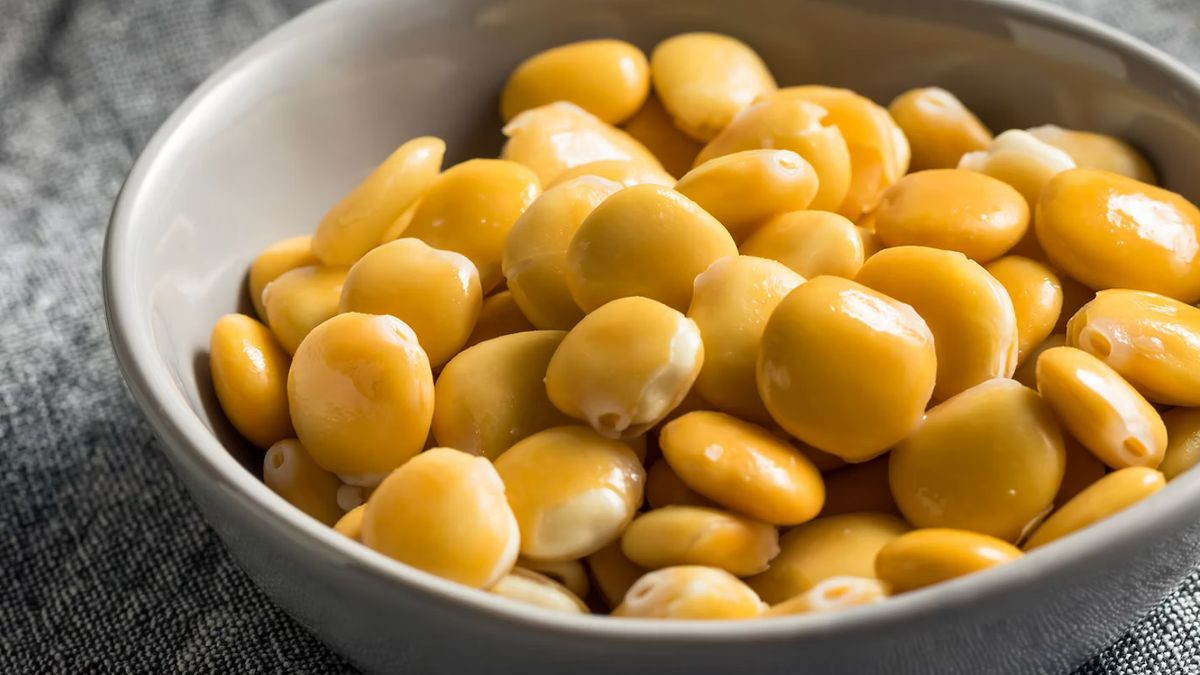
Lupins are an intriguing variety of legume, known for their high energy content and their incorporation into diverse diets. This post will explore various aspects of lupins, including their nomenclature, phytotherapeutic importance, cultivation, botanical analysis, nutritional value, chemical composition, and potential future objectives for the species.
Lupins are legumes belonging to the Lupinus genus, a family of plants closely related to beans, peas, and lentils. Known for their vibrant flowers, lupins are also valued for their edible seeds, which have been consumed for centuries in various parts of the world, particularly in the Mediterranean, South America, and Australia.

The seeds of lupins are naturally rich in protein, dietary fiber, and essential minerals such as magnesium, potassium, and iron. They are also naturally low in starch, making them a popular ingredient in gluten-free and low-carbohydrate diets. Traditionally, lupin seeds were soaked and fermented to reduce their natural bitterness caused by alkaloids. Modern varieties, known as “sweet lupins,” contain much lower levels of these compounds, making them easier to process and more palatable.
Lupins have been cultivated since ancient times, with initial cultivation areas being in the Mediterranean and Middle East. These legumes are known for their remarkable adaptability to acidic and arid soils, as well as harsh and unfavorable climates. Although lupin cultivation has seen a decline over the years, it remains prevalent in certain southern regions.
The botanical characteristics of lupins make them easily identifiable. They belong to the Leguminosae Papilionaceae family, with a slightly branched stem that usually doesn't exceed 70 centimeters in height. The leaves are alternate and palmate-compound, consisting of 5-9 leaflets arranged along the peduncle. Lupins produce large, showy, and whitish flowers, sometimes spotted with light blue. Their seeds are flattened, lenticular, and yellowish-white, contained within long, erect pods.
Lupins are a rich source of nutrients, providing 114 kcal per 100 grams of product. They contain 69% water, 16.5% proteins, 7% carbohydrates, with the remaining 6.5% divided between fibers and fats. Lupins are also a good source of mineral salts, particularly iron and potassium, and contain a modest amount of vitamin B1.
The chemical composition of lupins includes alkaloids like lupitoxin, lupanine, and oscilupanine. Other components include organic acids, resins, galactose, arginine, vanillin, and lecithin. Lupins should be consumed after cooking or appropriate preparation processes due to the presence of alkaloids, which can be denatured with heat.
Traditionally, lupins are consumed mainly as a snack. Lupin flour is often used as livestock feed, while lupin powder can be used as a coffee substitute. In terms of phytotherapeutic uses, lupins have been used as a natural remedy to combat eczema and scabies. They are also known for their vermifuge and anthelmintic properties, and potential natural febrifuge properties. Lupins are also safe for consumption by those with celiac disease as they do not form gluten.
There is growing interest in the nutraceutical and medicinal properties of lupins. Some hypotheses suggest that lupins contain traces of inhibitors of lecithins, trypsin, isoflavones, and cyanogenic compounds, which could have extraordinary properties in the prevention of cardiovascular diseases, particularly hypertension. Another hypothesis proposes lupin as an insulin surrogate due to its potential hypoglycemic properties. These theories, however, are still awaiting clear confirmation through further research.